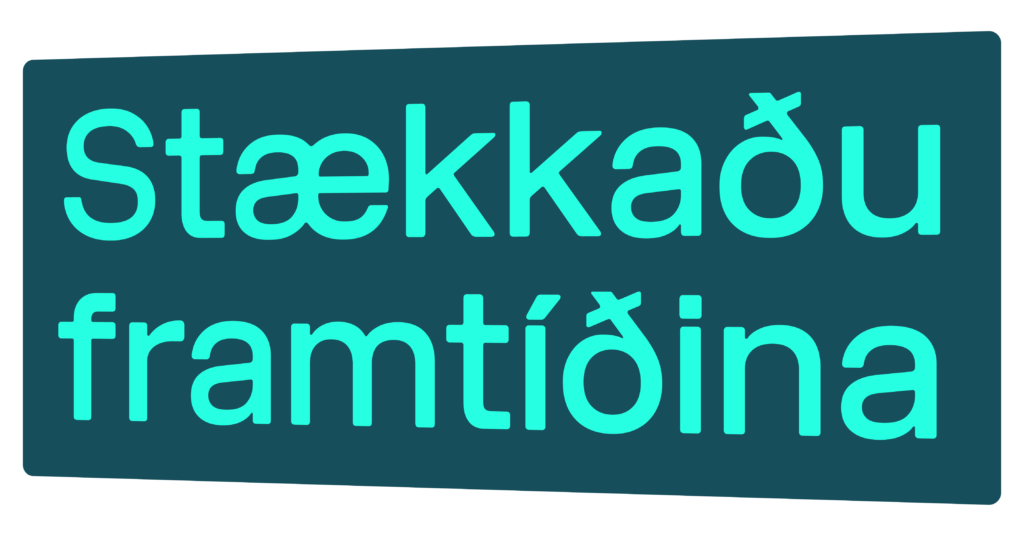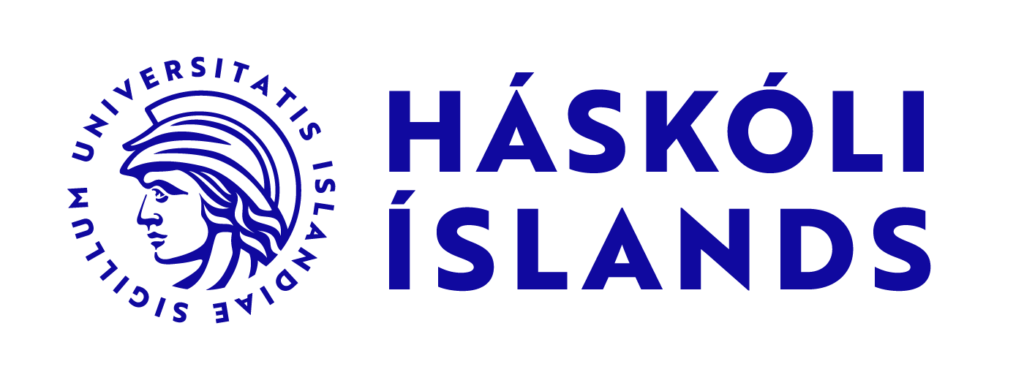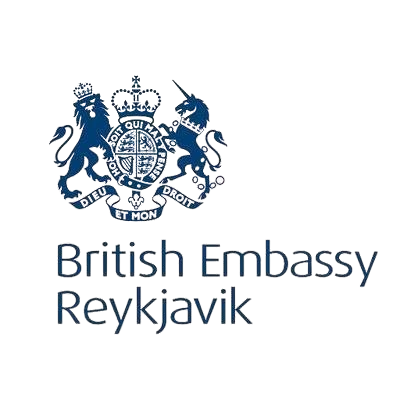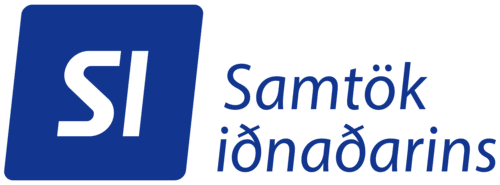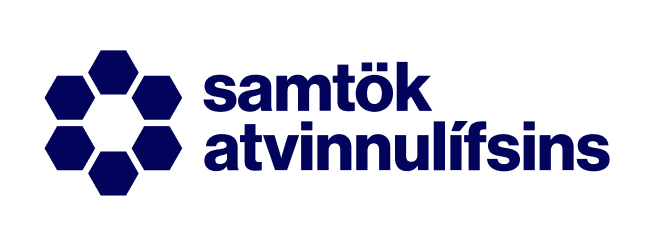Students in the 10th grade of Icelandic compulsory schools are now facing the end of their mandatory schooling in the coming days and must make important decisions about their next steps. Will they continue their education? Will they try entering the labour market? What program will they apply for, and at which school? The application deadline for upper secondary education is June 10, and it is crucial that students make well-considered decisions that reflect their interests and abilities and align with their future goals.
Higher Dropout Rates in Icelandic Upper Secondary Schools
The vast majority of students—around 95%—go directly into upper secondary education after completing compulsory school. However, many drop out during the first years of their studies. The dropout rate in Iceland is higher than in most other OECD countries and has remained relatively stable over the past decades. Additionally, fewer Icelanders complete upper secondary education within the expected timeframe compared to their OECD peers.
Poorly Considered Choices and Emphasis on Academic Studies Contribute to Dropout Rates
One of the main reasons for the high dropout rate is believed to be poorly considered educational choices and a societal emphasis on academic studies. Icelandic students are significantly less likely to choose vocational education compared to their peers in other OECD countries. Only about 20% of students who begin upper secondary education immediately after compulsory school choose vocational programs, with construction and building trades and electrical trades being the most popular. Other vocational fields have seen stagnation or even a decline in enrolment.
The Link Between Uncertainty in Educational Choices and Commitment to Studies
A 2013 study by Kristjana Stella Blöndal and Bjarney Sif Ægisdóttir on the relationship between uncertainty in educational choices and commitment to school and studies clearly shows the importance of making well-informed decisions. Choosing a path that suits a student’s abilities and interests can significantly impact their academic progress and satisfaction. Satisfaction with one’s educational choice also affects commitment to school and studies, which in turn influences whether students complete their education. The more uncertain students are about their choices, the less committed they tend to be, increasing the likelihood of dropping out. This lower commitment often manifests in negative academic behaviours, such as being unprepared for class, arriving late, or skipping classes.
Students who are uncertain about their choices also tend to show less ambition and have a less clear vision for their future compared to those who are satisfied with their educational path. These correlations held true even when accounting for background factors such as gender, age, educational attainment of parents, previous academic performance, and whether the student was in an academic or vocational program.
The study also found that students were more uncertain about their choices if they were younger, had parents with lower educational attainment, had lower average grades in 10th grade, and were more likely to be in academic programs than vocational ones.
Students Often Choose Paths Contrary to Their Interests
The study also revealed that the more often students in academic programs had considered switching to vocational education—and vice versa—the more uncertain they were about their choices. However, the correlation was stronger for those considering switching from academic to vocational programs. The findings suggest that a number of students may be choosing educational paths that do not align with their interests, raising questions about whether students feel pressured to pursue academic studies over vocational ones.
Role Models in Vocational Education
In addition to the societal pressure to choose academic over vocational education, students who opt for vocational paths often have role models within their families working in specific trades. This was highlighted in the fifth episode of RÚV’s (the Icelandic National Broadcasting Service) radio program Kaflaskil, which reported that 90% of students who chose vocational education had some prior knowledge or experience with it. These students are more familiar with the professions and thus find it easier to envision a future in those fields.
The Importance of Strong Career Guidance
Both Icelandic and British studies indicate that children and young people often choose education and careers based on what they see around them, regardless of their own abilities and interests. This underscores the importance of strong career guidance and the need to introduce students to the wide range of occupations available in the labour market. It’s important to strengthen career guidance in early primary school as students who receive long-term guidance make their choices for further education based on specific study paths rather than schools as has been written about before. It is also essential that students learn to recognize their own abilities, personal skills, strengths, and weaknesses. This supports them in making well-informed and thoughtful decisions about their future education—especially when facing choices that may significantly impact their lives.
“Stækkaðu framtíðina” Introduces Youth to Diverse Careers
The goal of the Stækkaðu framtíðina initiative is to introduce students to a wide variety of careers through the help of diverse volunteers from different professions. These volunteers either visit schools or host students at their workplaces to talk about their jobs. They explain what the work entails, describe a typical day, and outline the education, skills, and strengths required. This gives students valuable insight into different careers and the opportunity to speak with people who know the work inside and out.

Sources:
Kristjana Stella Blöndal and Bjarney Sif Ægisdóttir, “Career indecision and student engagement in upper secondary school” in Netla – Veftímariti um uppeldi og menntun
